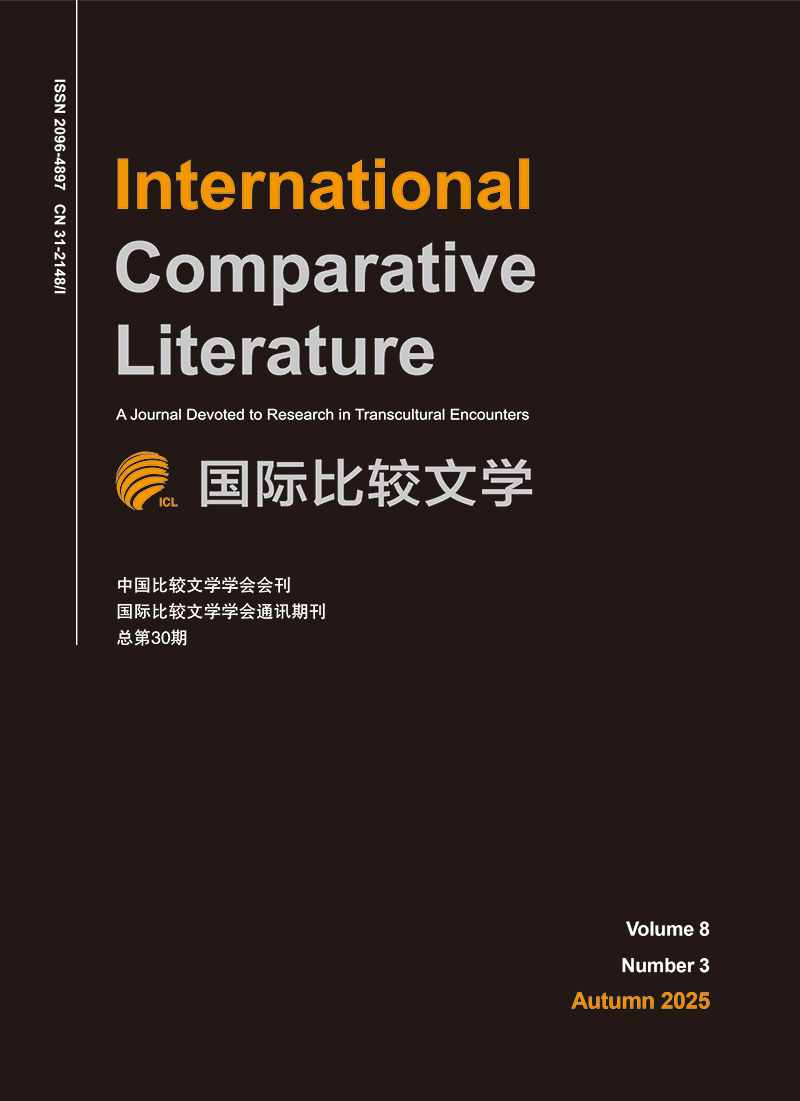2019, 2(1): 7-58.
Abstract:
The year 1985 witnessed the first blossoming of contemporary Chinese literature and art since the end of the Cultural Revolution.In 1985, Shanghai People's Fine Arts Publishing House began to arrange for the publication of Collected Paintings of Huang Binhong and Letters of Huang Binhong.While working as an editor on the project,the calligrapher and painter DENG Ming conceived the idea of"using the method of the ancients'ink and wash to draw a picture for the ancients,"and was going to follow it through in the next thirtytwo years.From conservativism to avant-gardism,DENG's idea was given contrasting labels as the tide turned;it finally materialized in A History of One Hundred Great Masters:Chinese Ink and Wash Painting,a period image history of Chinese painting.From "Scar Literature," "Reflection Literature," "RootSeeking Literature," and the"1985 New Wave,"to the age of image-capital in the post-New Age,literature and art have developed in tandem in the same historical contexts and stimulated diverse thoughts.Yet,for many years,disciplinary boundaries have isolated literature from various forms of arts,limiting each to a soliloquy within the field of its own,so much so that the wholistic historical background shared by literature and art was broken to pieces.This article situates an idea about ink and wash painting that remains unchanged for thirty-two years in a historical coordinate plane with the"1985 New Wave"as the origin point. Thus set up,it seeks to visualize and understand the development of contemporary Chinese literature and art in the past forty years——a period that spans the New Age and the post-New Age——with a particular focus on the predicaments faced by the art market in the age of image-capital.It argues that the contemporary fine arts field in China is,to a large extent,controlled by the capital,which dismantles the non-instrumental value of art.Therefore,it maintains,that it would be a precious virtue of the artist to consciously resist capital,cultivate learning,and acquire an encyclopedic knowledge of art.


